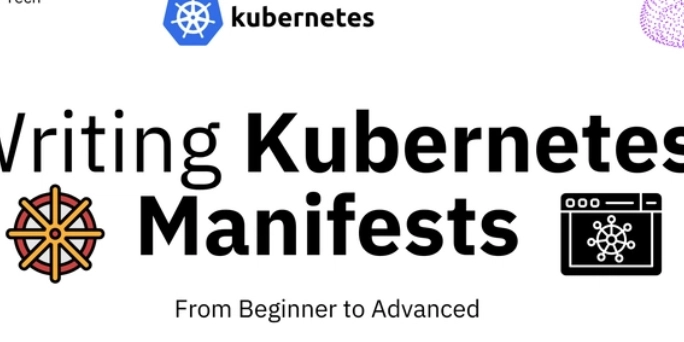Dev
1w
38

Image Credit: Dev
Writing Kubernetes Manifests: From Beginner to Advanced
- Kubernetes manifests are crucial for defining, deploying, and managing workloads in Kubernetes clusters, aiding in efficient application management and scalability.
- This article progresses from fundamental concepts of writing Kubernetes manifests to advanced techniques and best practices, offering valuable insights for DevOps engineers.
- Kubernetes manifests, typically in YAML or JSON, describe the desired state of resources in a Kubernetes cluster, facilitating declarative resource management.
- They offer advantages such as declarative configuration, portability across environments, and seamless integration with CI/CD pipelines for automation.
- Learning Kubernetes manifests enables streamlined deployments, scalability adjustments, consistency maintenance, customization, and integration with DevOps workflows.
- Understanding the structure of manifests, including core components like apiVersion, kind, metadata, and spec, is essential before writing manifest files.
- YAML is predominantly used for Kubernetes manifests due to its readability, ease of writing, and support for comments, contrasting with JSON.
- Example manifests for Pods, Deployments, Services, and ConfigMaps are provided, showcasing the structure and content of basic Kubernetes resources.
- Intermediate concepts like multi-container pods, resource management, secrets, and persistent storage enhance the efficiency of handling complex workloads.
- Advanced techniques like multi-stage manifests, rolling updates, horizontal pod autoscaling, and best practices like namespace organization and metadata attachment are discussed for optimized workload management.
Read Full Article
2 Likes
For uninterrupted reading, download the app